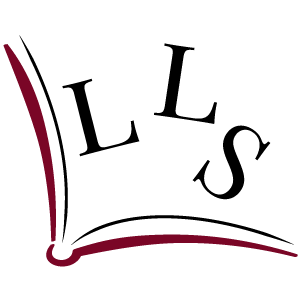
The literature of the past sometimes appears to have a language of its own, perhaps too intricate and opaque for us in the twenty-first century. Can it speak to me? Is it relevant? Could reading Renaissance texts be simply self-indulgent, nothing more than an escape from the miseries of our contemporary world?
These are some of the questions that confront us when embarking on a study like Exploring the English Renaissance through Texts and Objects, 1516-1616.
But reading poems by Wyatt or Donne, visiting the fictional island of Utopia, witnessing pirate actions on the shores of Brazil or touring a mysterious castle in The Faerie Queene, we immediately realize we have walked into a world that is strangely familiar, yet disturbingly new. And it’s not just the words on the page – our journey to the Renaissance involves digging up booty: everyday objects, museum items, prints, paintings. The world of objects surviving from the past, be they mundane or works of art, tells us even more about our common glories and miseries and how life was lived by people like us in another time.
Exploring the English Renaissance can make us tourists: we get the chance to visit the exotic from the comfort of the printed page or images on a screen. What we discover is a period of intense experimentation, exploration and feverish creativity, but also of disease, violence and abuse of power. It can be unsettling and inspiring in equal measure. We return from this trip with at least one souvenir: the feeling that words and objects create disturbing synergies across time, offering opportunities to find ourselves where we least expect. They tell the story of who we were, who we are and where we might be heading.

Hello Vivien,
I am devastated that I am going to miss this opportunity but I cannot work around my previous engagements on the 9th and 16th. I am very intrigued by your approach. If you decide to repeat, please sign me up for your next salon.